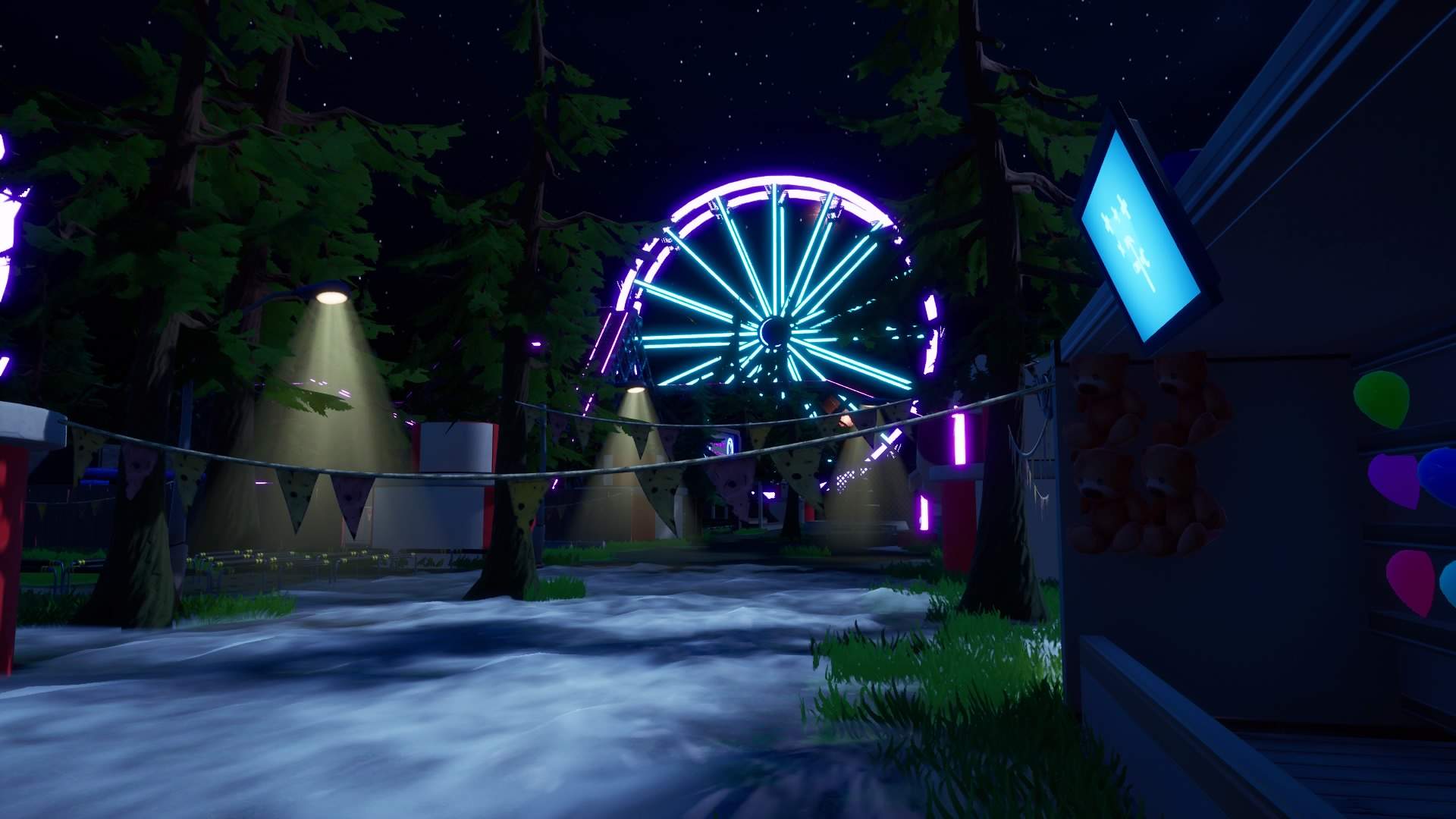Many students are familiar with Fortnite. It’s more than just a battle royale game. It's a platform for creativity.
Co-Op Horror Maps: An Educational Angle
Let's explore co-op horror maps in Fortnite. We'll examine how they can connect to curriculum concepts. This approach helps to engage students.
What are Co-Op Horror Maps?
These maps are custom-built environments. They focus on collaborative gameplay. Players work together to survive scary scenarios. These scenarios often involve puzzles. Think teamwork and problem-solving.
Imagine escaping a haunted house together. Picture solving riddles to unlock doors. The experience emphasizes communication. Cooperation is key to survival.
Curriculum Connections
Consider linking these maps to language arts. Students could analyze the narrative structure. Discuss the elements of suspense and horror. They can explore themes of fear and courage.
There are connections to social studies too. Explore the psychology of fear and group dynamics. Analyze how people react under pressure. This opens discussions on historical events and social issues.
Even math and science find a place. Some maps involve puzzle mechanics based on logic. Students could analyze the game's physics. Calculate resource management and probability.
Addressing Common Misconceptions
Some educators view Fortnite solely as entertainment. They might dismiss it as a distraction. However, it’s a powerful tool for learning.
Another misconception is the "violence" factor. Focus on the collaborative aspects. Highlight the problem-solving elements. Emphasize the strategic thinking involved.
It's also important to address potential addiction concerns. Promote balanced screen time. Encourage other forms of learning and recreation. This demonstrates responsible technology use.
Making it Engaging for Students
Start by allowing students to share their experiences. Let them explain what they enjoy about Fortnite. This fosters a sense of ownership and interest. Recognize their expertise.
Assign students to create their own map concepts. Encourage them to design puzzles. Develop narratives with educational themes. This promotes creativity and critical thinking. Consider using basic game design software to enhance understanding.
Facilitate discussions around the design process. Ask students about challenges they faced. How did they overcome these obstacles? This encourages problem-solving and collaboration.
Classroom Activities
Consider a map design challenge. Students work in teams to create a concept. They present their ideas to the class. This enhances presentation and teamwork skills.
Analyze existing co-op horror maps. Discuss the design choices. Explore how the mechanics contribute to the experience. This develops analytical and critical thinking skills.
Create a glossary of Fortnite-specific terms. Define words like "loot," "build," and "zone." This helps educators unfamiliar with the game. It also clarifies concepts for students.
Tips for Educators
Familiarize yourself with Fortnite's creative mode. Understand the basics of map creation. This will help you guide students effectively. Watch tutorials and play the game.
Establish clear guidelines for in-class use. Set time limits. Ensure that activities align with learning objectives. Keep the focus on educational outcomes.
Collaborate with other educators. Share resources and lesson plans. Learn from each other's experiences. This creates a supportive learning environment.
Communicate with parents and guardians. Explain the educational benefits of using Fortnite. Address any concerns they may have. Transparency builds trust.
Remember to adapt the activities to your students' needs. Consider their learning styles and abilities. Differentiation is key to success. Some students may need more scaffolding than others.
Explaining the Concept in Class
Start with a brief introduction to Fortnite. Ask students about their experiences with the game. This creates a connection and gauges prior knowledge.
Explain the concept of co-op horror maps. Show examples through videos or screenshots. Highlight the collaborative and puzzle-solving aspects.
Connect the maps to specific curriculum concepts. Explain how they relate to language arts, social studies, or math. Provide concrete examples and activities.
Encourage student questions and discussion. Create a safe space for sharing ideas. Foster a collaborative learning environment. Value their input.
Emphasize the importance of responsible gaming. Discuss screen time management and online safety. Promote healthy habits and balanced lifestyles. This reinforces ethical considerations.
Conclusion
Fortnite's co-op horror maps offer unique learning opportunities. They can be integrated into various subjects. Engage students with relevant and interactive content. Embrace the potential of gaming for education. By addressing misconceptions and providing clear guidance, educators can effectively leverage this popular platform to enhance learning outcomes and foster essential skills.
Think critically about implementation. The game itself is free, but requires access to computers or consoles, and internet. Accessibility may vary depending on the students. Consider all aspects before implementation.

![[Top 10] Fortnite Best Horror Maps | GAMERS DECIDE Co Op Horror Maps Fortnite](https://margaretweigel.com/storage/img/top-10-fortnite-best-horror-maps-gamers-decide-68435dd3cb569.jpg)
